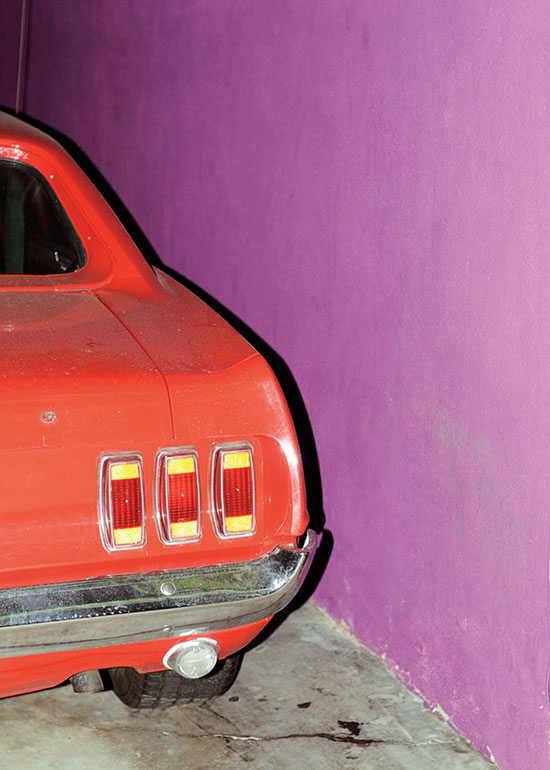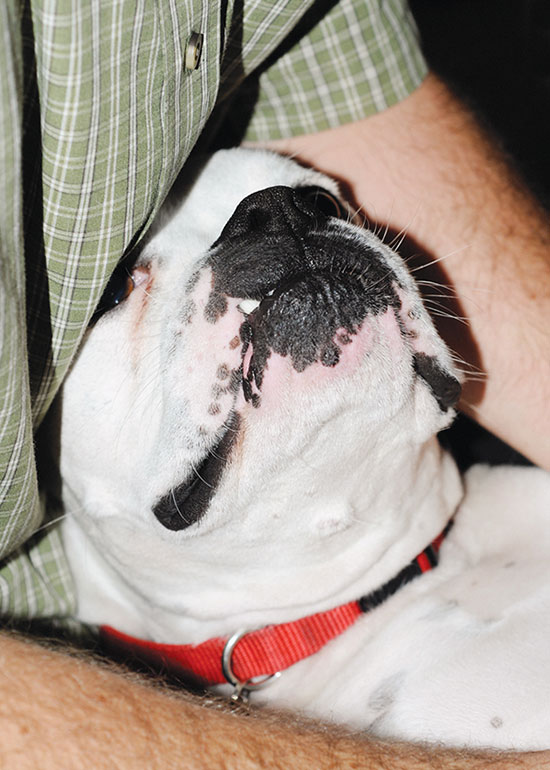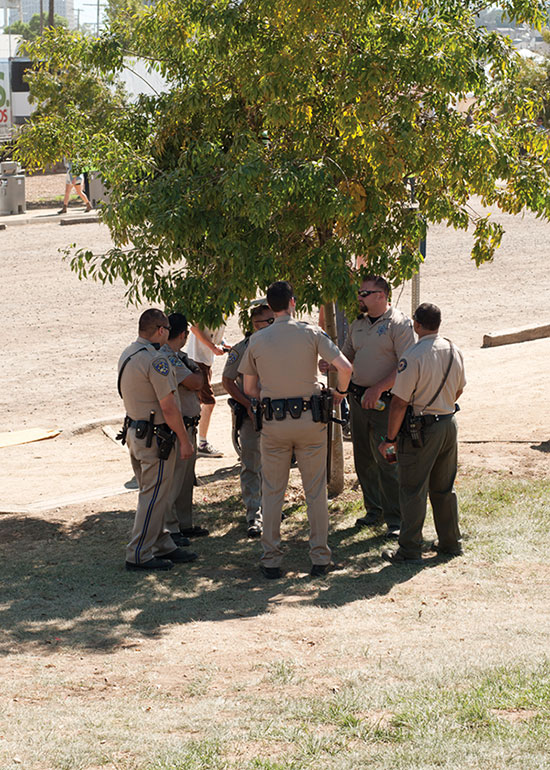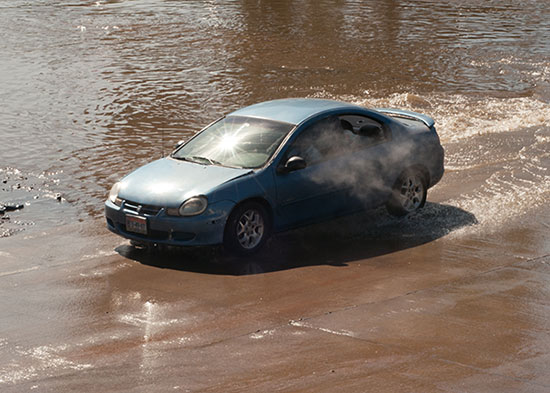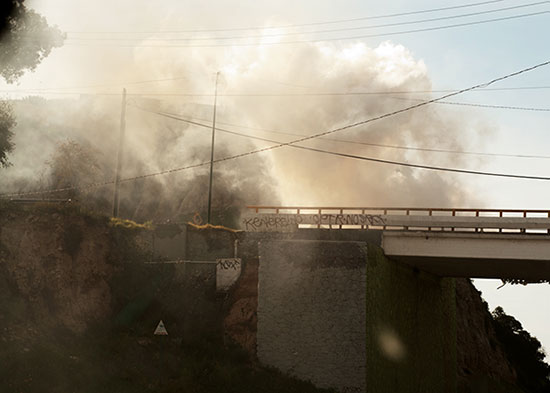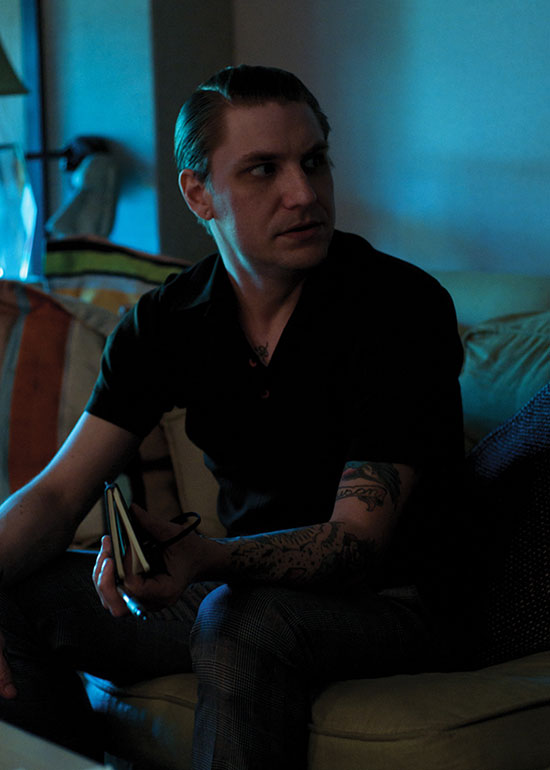At Water, Los Angeles: an interview with Nathanael Turner

Polarity is a constant force in contemporary photography. A pull toward reality and truthful documentation is often balanced – and on occasion undermined by – a desire for aesthetic perfection and visual completeness. Thematically, there are any number of directions a photographer can choose to take his or her work, but the dichotomy between truth and vision can serve as an obstacle to many.
Similarly, a dichotomy of form has emerged in recent years – digital publishing and electronic dissemination has radically changed the form of photography even within the past decade. The traditional notion of physical prints and books still looms large, but has been altered by the evolution of the digital. Photography, through these new methods of diffusion, is an instantaneous and global art form.
Nathanael Turner is a Los Angeles-based photographer whose work straddles both of these divides, and especially in his forthcoming book, At Water, Los Angeles, a partnership between Turner and the British publishing project Fourteen-Nineteen. In At Water, Los Angeles, the photographer turns his camera to images of daily life in the west coast metropolis, and captures a distinct place and time in a manner that seamlessly shifts from the natural to the abstract, the portrait to the still life. The book will be exhibited by Turner and Fourteen-Nineteen at this year’s eighth-annual NY Art Book Fair at MoMA PS1 from 19–22 September.

What drew you to the idea of publishing your work in book form?
For this project, it all stemmed from Fourteen-Nineteen’s interest in collaborating on a book with me. I proposed a few ideas and one turned into At Water, Los Angeles. In general though, books have always made a lot of sense to me. Most of us have been experiencing books since before we could speak. My own work, most often, takes place within a narrative, so it lends itself to that structure. The book form also forces the viewer to engage in the work in a fairly systematic way. The images in At Water, for example, were made with very little structure, so the book creates an organized, linear composition of the images.
What differences emerge when shooting a project that will ultimately be published as a book as opposed to an all-digital form of presentation?
I usually think through projects with some sort of physical book in mind, so the digital presentation comes later in the process, when I’m sharing that work on my website, blog, etc. At the time the book idea came about, a small portion of the images were already made. I wanted to continue making photographs in the same way, so I really tried to continue making them without considering the final outcome.
At Water features a distinctly West Coast tone and theme. What role does the California experience play in influencing your work and in At Water in particular? Do you consider there to be a difference between your work from your time on either coast?
My personal experiences always play a huge role in my work, so no matter where I am, the images are going to reflect the physical and emotional qualities of that place. At Water takes place within the Los Angeles area and the photographs are directly linked to my life during a specific period of time, so the work hopefully feels saturated with this place.
Throughout the book, there’s a juxtaposition of familiar still lives and of the human figure. Do you consider your images with individuals to be portraits or documentation? What is your approach to capturing people in their environments?
The images were all made within the context daily life, but I have little interested in presenting this as ‘Documentary’. This project, in particular, employs a few different approaches to photographing people. Many of the images show people within their ‘natural’ setting, while others are removed, maybe appearing against a solid wall. I feel that the images, abstracted from reality, serve a more symbolic purpose.
Do you think there’s importance to the fact that your new book focuses on LA and the west coast, but is being exhibited at the New York Art Book Fair and is printed by a London-based publisher? What do you think of the globalisation of contemporary photography as it applies to your own work and to the field as a whole?
It’s exciting. I’ve been able to work with amazingly talented people from several different cities around the world, and I’m not sure those opportunities would have been possible a short time ago.
Last year, the fair featured almost 300 booksellers, artists, and publishers from around the world and was attended by more than 25,000 people. What do you think exhibiting in the New York Art Book Fair contributes to your (still burgeoning) career? How did this particular opportunity develop?
Well, it’s great to have the chance to share this project with so many people. Lewis and Alex make amazing books!
A simple, blunt, and much too wide question: what’s next? Where do you want your career to run from here?
When I first moved to LA, I turned a lot of my attention to trying get commissioned work so that I could really deal with photographs and art full time. It’s been a slow process, but it’s been well worth it. I really just want to continue doing what I’m doing, hopefully, on an increasingly larger scale.
